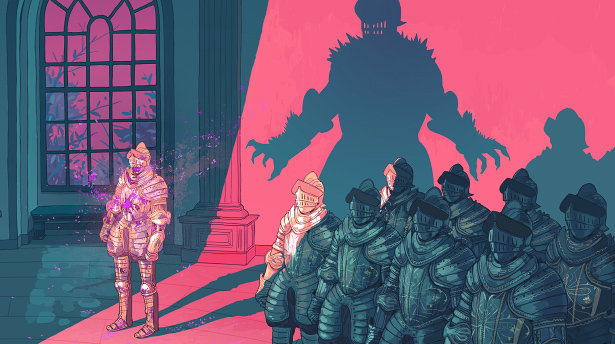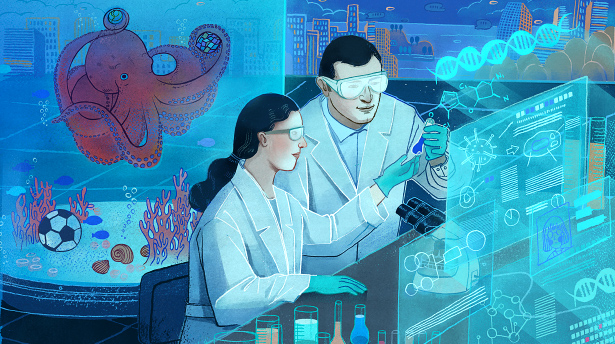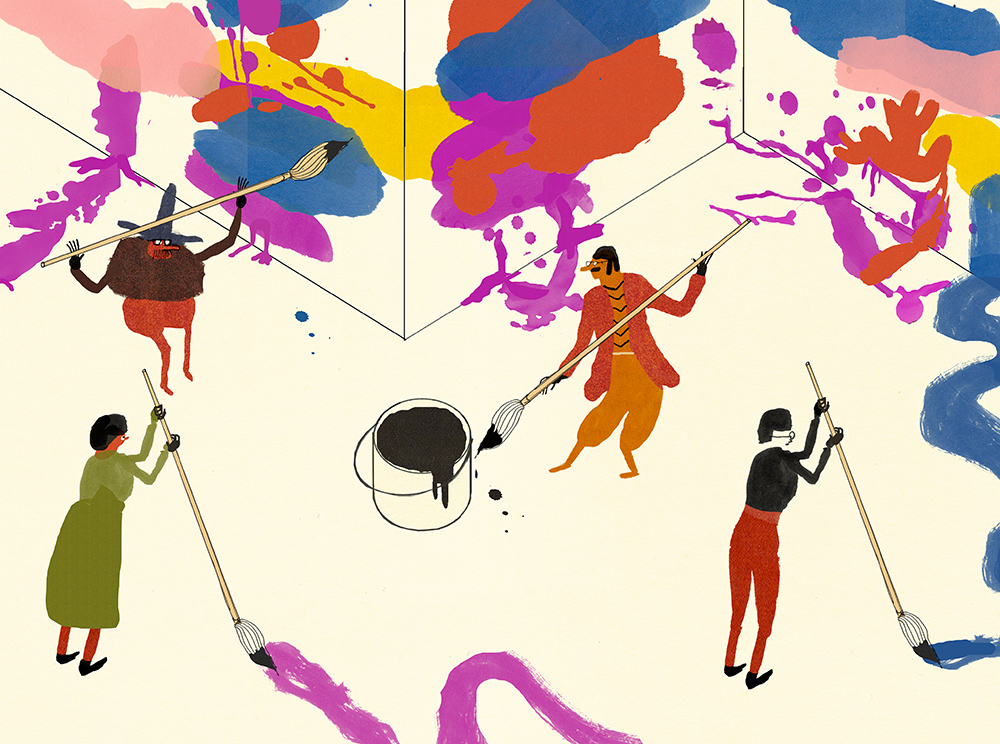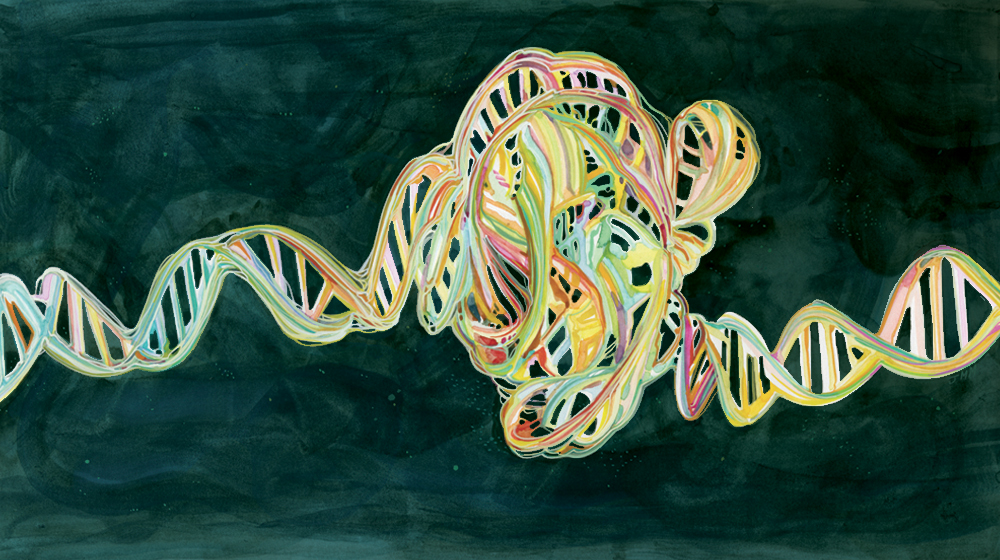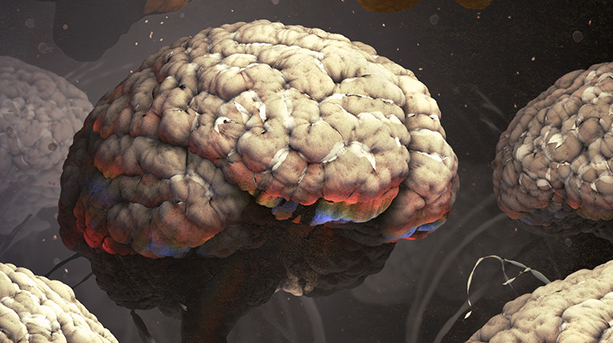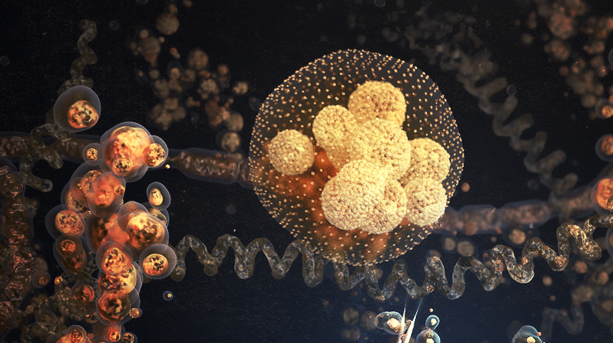What's up in
Genetics
Latest Articles
Giant Genetic Map Shows Life’s Hidden Links
In a monumental set of experiments, spread out over nearly two decades, biologists removed genes two at a time to uncover the secret workings of the cell.
Genetic Engineering to Clash With Evolution
Gene drives promise to spread a trait across an entire population. But evolutionary forces are going to alter even the best-engineered plans.
Biologists Search for New Model Organisms
The bulk of biological research is centered on a handful of species. Are we missing a huge chunk of interesting biology?
The Downside to Neanderthal DNA
How interbreeding among early hominins harmed humans but may have slowed the Neanderthals’ decline.
How Neanderthal DNA Helps Humanity
Neanderthals and Denisovans may have endowed modern humans with genetic variants that helped them thrive in new environments.
A Secret Flexibility Found in Life’s Blueprints
A new study reveals that individual genes can create many different versions of the molecular machinery that powers the cell.
How Strange Twists in DNA Orchestrate Life
Coils and twirls in DNA’s double-helix change how the molecule behaves, opening a new role for topology in the study of life.
How Humans Evolved Supersize Brains
Scientists have begun to identify the symphony of biological triggers that powered the extraordinary expansion of the human brain.
Life’s Secrets Sought in a Snowflake
A single genetic change and some clever geometry show how single-celled organisms can band together to form cooperative multicellular entities.

